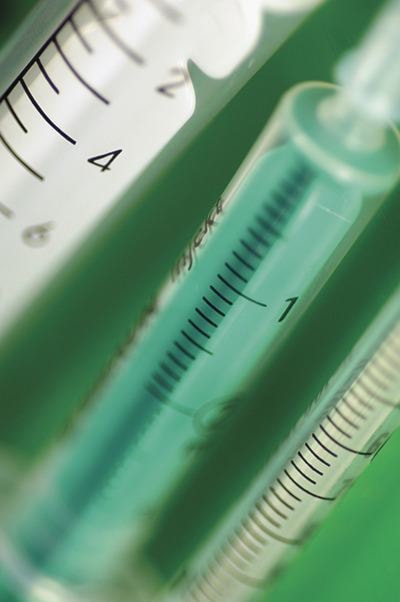Residents in fernwood community look at joint agreements
Good. Neighbour. Agreements. These are a few of our favourite words in the English language. They conjure a sense of right, of community, of compassion. Together, here in Victoria, Good Neighbour Agreements (GNA) are also used to deliver social services in areas where they may not be entirely welcomed or understood by the larger community.
The latest neighbourhoods to be in the process of entering a GNA are those surrounding Vancouver Island Health Authority’s harm reduction site, Hub2, at Cook and Pembroke in Fernwood. Bob McKechnie is the manager of Mental Health and Addictions Services for VIHA. He is also the lead in developing the Fernwood area GNA.
“We’re developing communication channels so that whatever issues come up, they can be discussed so that services can be delivered but also people’s neighbourhoods stay safe and clean and good for children and adults to be in,” McKechnie says. “The services have to be delivered, but it can be done in a collaborative way … It’s good for the community at large that everyone has access to good health care and that people are not destitute and in poor health.”
The GNA process began by looking at other GNAs in Victoria, like those created in Rock Bay for the Rock Bay Shelter, as well as the 900-block of Pandora, services offered at Our Place and Royal Jubilee Hospital’s provided services. The process has included most community members who will be impacted. VIHA sought out representatives from Fernwood Community Association, Fernwood Neighbourhood Resource Group, North Park Neighbourhood Association, parent advisory committees from George Jay elementary school, Central middle school and Vic High, block watch, police and city councillor Marianne Alto, individually. Through this collaboration in a meeting that took place May 9, VIHA created an initial first draft and made a commitment to circulate the second draft to those previously listed. McKechnie says VIHA welcomes any community groups that want to be a part of the discussion, but hopes to have a final agreement drafted by June 1.
When asked if VIHA would be involving people who use drugs in the GNA process, McKechnie says, “That’s a good suggestion. We’re just starting, so we haven’t done that yet … The group is interested in asking different service providers to come in over time and educate us, update us and connect us. Non-profits like AIDS Vancouver Island and SOLID [Society of Living Illicit Drug Users], that was an idea that came up — people who can speak for the lived experience of those with experience with intravenous drug use.”
Not everyone thinks the process is where it needs to be. Dr. Bernie Pauly is a nurse and researcher at Centre for Addictions Research. According to her, there are challenges with the current process of GNAs that have major impacts on the community at large. She began to hear a lot about GNAs around the time of the closure of the Cormorant needle exchange in 2008.
Pauly says there are two major downsides to current Good Neighbour Agreements. First, they are made without any — or with minimal — input from those who use the services. Second, they play out in a way that restricts health services by valuing what a community thinks it wants over the health of the population.
“The very group of people who often have the least power and resources are left out of the discussion and decision making, which gives the power of what’s in a GNA to people with the most power,” Pauly says.
When asked if part of the problem was that those accessing harm reduction services were not playing a more active role in public forums, Pauly says, “When you go to these discussions, you hear people stereotype inaccurate representations. You can imagine if you’re someone who’s going to use those services and that’s how they’re talking about you, and there are no ground rules, no facilitation, it actually is traumatizing,” she says. “People will actually say ‘It’s harmful for me to participate in these discussions.’ While you can look at it on the surface and say ‘How come they’re not there?’ I think all of us, in our everyday life, don’t put ourselves in situations that are harmful and traumatizing.”
According to Pauly, there are effective guidelines for full community participation via the “Nothing About Us Without Us” manifesto on SOLID’s website: solidvictoria.org/links.
As for the problem of communities deciding what health service is needed, Pauly says, “The question isn’t, ‘Should we put it [a harm reduction site] in this place?’ The question is, ‘We are putting it in this place because we know this is a good location for it. How do we inform the community at large? How can we all be good neighbours together?’”
Through her research, Pauly says these services are not only essential, but have a direct impact on the community, and on the people who do use drugs, who can connect to new people outside their usual circles.
“From what I know about the establishment of harm reduction services, you do have to have enough of the services,” she says. “If you don’t have enough of it, then it runs the risk of being overrun. Vancouver has 44 needle exchanges distributed through their community health centres as well as a very strong centralized exchange. When you distribute the work and locations, you have better reach and no one site is going to be at risk [of being over burdened].” M
